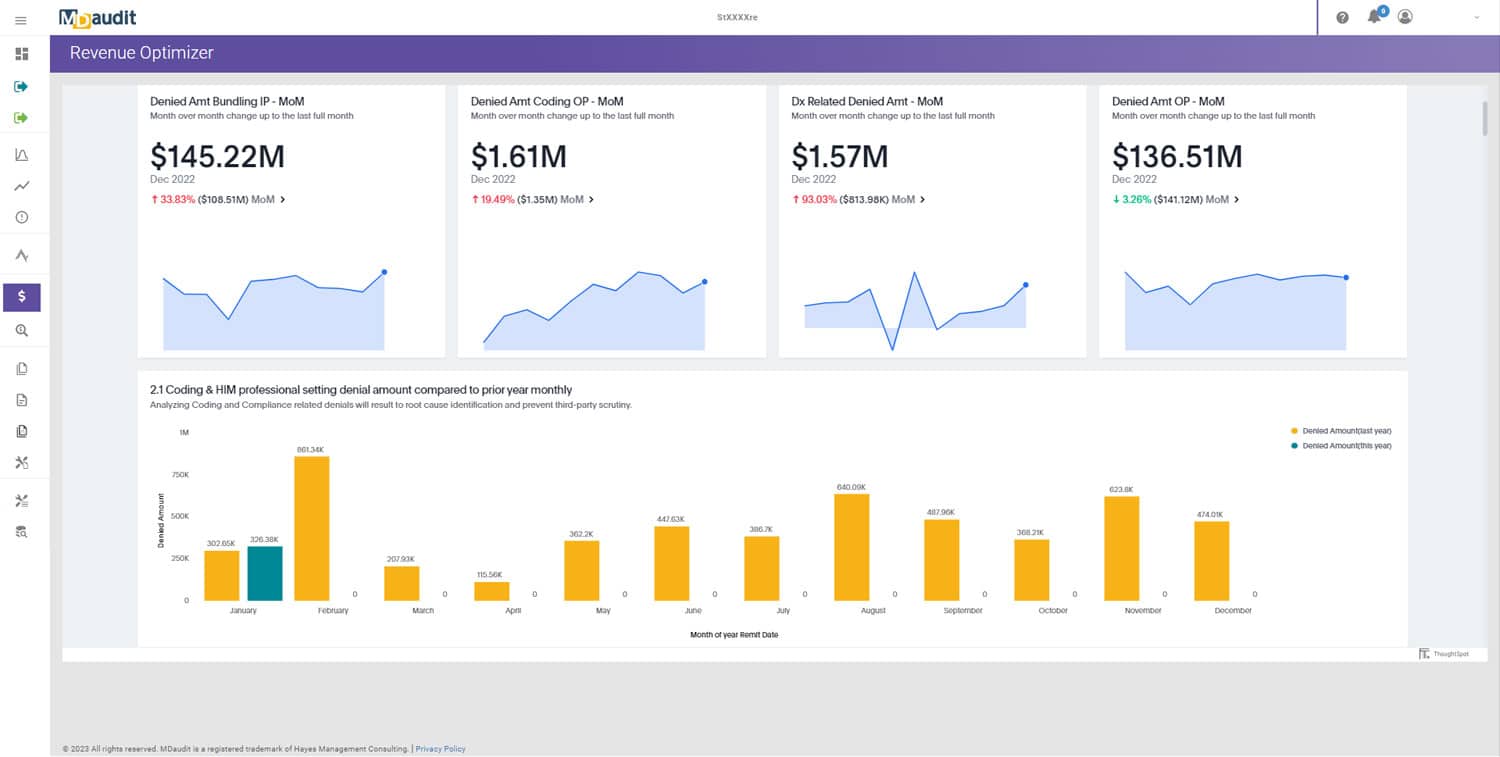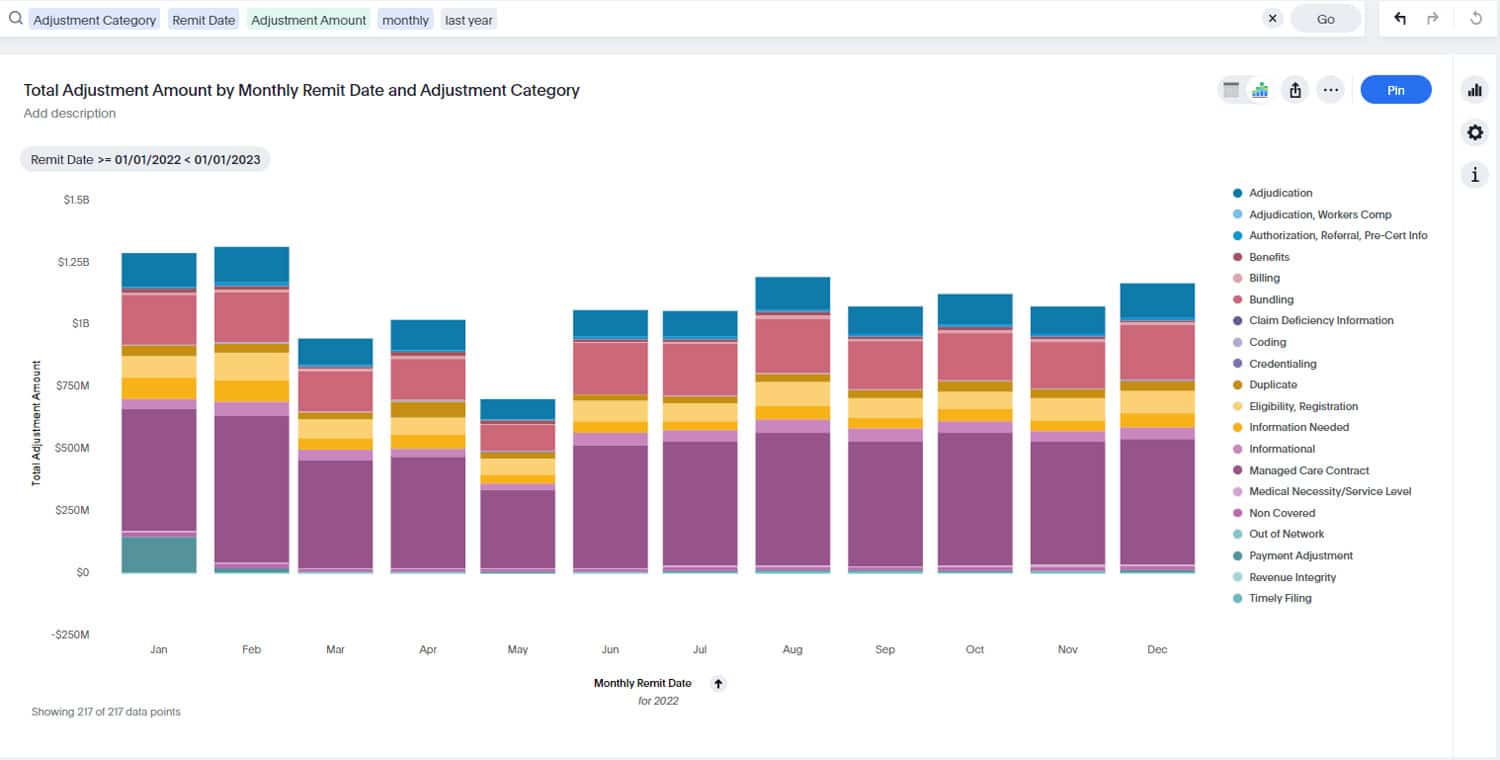At MDaudit, we believe there’s a better way. Continuous risk monitoring software gives revenue integrity and compliance teams the tools they need to identify and mitigate issues in near real time—turning oversight from a reactive function into a proactive, ROI-driven strategy.
Why Periodic Auditing Falls Short in Today’s Environment
Periodic audits provide valuable insights, but they inherently come with blind spots. By the time an audit is conducted, analyzed, and acted upon, weeks or months may have passed since the original issue occurred. This delay creates three major problems:
- Revenue leakage accumulates. Small coding or documentation errors, left unchecked, compound over time. A single recurring error on a high-volume CPT code can create significant preventable loss.
- Payer audits become harder to defend. When issues are discovered retrospectively, documentation may no longer be easily accessible, staff recollections fade, and appeal deadlines can be missed.
- Operational efficiency suffers. Periodic audits often require teams to “drop everything” to investigate findings, which disrupts daily workflows and increases burnout.
While these challenges may have been manageable in a less dynamic era, the speed of today’s payer activity and the sophistication of denial strategies make a periodic-only approach high risk.
How Continuous Risk Monitoring Changes the Game
With continuous risk monitoring, the review process is always on. Instead of relying on retrospective snapshots, MDaudit continuously scans claims, documentation, and coding patterns, flagging potential issues as soon as they appear. For a primer, see our explainer: Defining Continuous Risk Monitoring.
- Near real-time detection: Errors are caught within days—not months—reducing the window for revenue loss.
- Proactive corrections: Teams can fix claims before submission or resubmit them while payer appeal windows are still open.
- Trend analysis at scale: Monitoring surfaces payer-specific patterns—such as recurring denials for the same diagnosis code—allowing targeted interventions.
- Risk scoring: High-risk providers, service lines, or codes can be prioritized for immediate review.
This proactive model helps organizations move from firefighting to prevention, which translates directly into measurable financial and operational gains. For deeper context, read How Continuous Risk Monitoring Software Strengthens Revenue Integrity.
The ROI Finance Leaders Can Quantify
Finance leaders are right to ask: How does continuous monitoring translate into hard-dollar value? Organizations that shift from periodic audits to continuous risk monitoring consistently report material improvements in three areas:
- Prevented denials and underpayments. Earlier detection reduces downstream rework and protects revenue before it’s lost.
- Efficiency and throughput. Automation routes the right work to the right people, cutting manual review time and shortening appeal cycles.
- Defensibility and governance. Consistent evidence trails and faster responses strengthen payer interactions and appeals.
For example, one large health system using MDaudit’s Revenue Integrity Suite identified a recurring coding issue across multiple locations that had gone unnoticed under quarterly audit cycles. By catching it within days, the organization corrected hundreds of thousands of dollars in at-risk claims before they were denied.
Quantifying Preventable Leakage
Continuous monitoring typically uncovers preventable leakage in several areas:
- Recurring coding errors that impact high-volume services
- Documentation gaps that trigger denials
- High-risk providers or service lines driving disproportionate audit exposure
- EMR configuration or charge capture issues that propagate across facilities
When caught early, these issues can be corrected in current and future claims, eliminating ripple effects on cash flow and reducing the administrative burden of appeals.
Simple ROI Calculator (Use Your Numbers)
Plug in four inputs to estimate annual savings from continuous monitoring compared with periodic-only auditing:
- Monthly claim volume
- Average claim value
- Current denial rate (%)
- Expected reduction in denials from earlier detection (%)
Formula: Annual Savings ≈ Monthly Volume × Average Claim Value × Denial Rate × Expected Reduction × 12
Example: 50,000 × $350 × 6% × 25% × 12 = $3,150,000 in estimated annual savings (illustrative only—replace with your data). This reflects hard-dollar impact. Pair it with soft-dollar gains from fewer touches, faster appeals, and reduced rework to complete the business case.
Beyond Compliance: Strategic Advantages
- Enhanced negotiating power with payers. Reliable, current audit data strengthens your position in disputes and contract negotiations.
- Data-driven staffing decisions. Continuous monitoring identifies where training and resources are most needed, allowing targeted investment.
- Early detection of systemic issues. From EMR configuration errors to charge capture gaps, continuous oversight ensures operational problems are addressed before they scale.
- Improved provider engagement. Clinicians adjust behavior faster when they receive timely, actionable feedback instead of retroactive notices months later.
The Integration Advantage
Adopting continuous monitoring does not require replacing your EMR or billing system. MDaudit integrates with existing data feeds to enrich current workflows with risk signals and closed-loop feedback. By leveraging what you already have, healthcare organizations avoid costly overhauls and achieve faster time-to-value.
Operationalizing Continuous Monitoring with MDaudit
The Revenue Integrity Suite centralizes detection, triage, and action in one platform so teams can move from signal to resolution without swivel-chairing across tools. Predictive models highlight what is likely to deny, rule- and pattern-based monitors surface emerging risks, and workflows route tasks to reviewers with appropriate oversight and audit trails. For advanced denial analytics, see Revenue Optimizer.
Building the Business Case
For CFOs and compliance leaders, the most persuasive cases are concise and data-backed. We recommend structuring the proposal around three pillars:
- Financial impact: Use the calculator above with your historical volumes and denial rates; model conservative reductions (e.g., 10–20%).
- Operational impact: Estimate time saved from faster root-cause identification, fewer re-touches, and shorter appeal cycles.
- Risk reduction: Outline how near real-time monitoring lowers exposure to recoupments and strengthens responses to payer and regulatory audits.
Getting Started in Weeks, Not Months
Begin with a focused rollout: select a high-impact service line or payer, connect data feeds, and stand up targeted monitors. Use early wins to expand across additional payers, service lines, and facilities. Codify closed-loop processes so insights consistently drive edits, education, and policy changes.
The Future of Revenue Integrity
The healthcare industry is moving toward automation, real-time analytics, and proactive compliance strategies. Periodic auditing will always have a role, but as a complement—not the cornerstone—of revenue integrity.
Our Revenue Integrity Suite puts continuous monitoring at the heart of your operations, empowering finance leaders with the visibility, control, and ROI they need to protect every dollar.
Bottom Line
In today’s revenue cycle, timing is everything. By shifting from periodic audits to continuous risk monitoring, you don’t just find problems—you prevent them. And prevention is where the real ROI lives.










